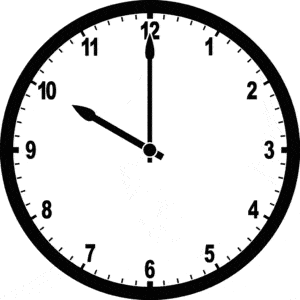It looks like the pandemic is taking the Forest Service back to the old days of fire suppression, when the goal was to have them all out by 10:00 am. It will be interesting to see (if it’s possible) what actual difference that makes in the coming fire season (which is predicted to generally be normal or slightly worse). Of course changes in operations from social-distancing may also be a factor. And this all has be squared with the Chief’s pronouncement (quoted there): “Forest Service resources will be used “only when there is a reasonable expectation of success in protecting life and critical property and infrastructure.”
Prior to this year’s COVID-19 complications, the U.S. Forest Service and other agencies have increasingly looked to low-intensity, managed fires on wildlands to improve ecosystem health and reduce undergrowth that can lead to intense, out-of-control fires. This fire strategy has meant allowing unintentional fires and prescribed burns to reduce excessive undergrowth when conditions are favorable.
“We want to try to limit the amount of fire that is out on the landscape this year, which is in contrast to what we’ve been trying to do around here. We’ve been trying to get fire out on the landscape. But for obvious reasons, for the health of our firefighters and the public in general, we need to limit those as best we can,” said James Pettit, fire staff officer for Coconino National Forest.
Another benefit of the quick suppression strategy this year, according to Pettit and Russ Shumate, a district manager for the Arizona Department of Forestry and Fire Management, is reducing the need to bring large numbers of fire fighters and support staff together for long operations. Shumate noted that managing a large fire can involve fire camps with 500 people. Controlling spread in these conditions might be challenging.
Shumate said quick suppression will also allow the state fire agency to manage fires with fewer resources, something he is expecting this year.
“In the previous days of the Forest Service they had what they called a ‘10 o’clock rule’ — the goal was to suppress all fires before 10 o’clock the next morning. We’re not going to state it as that aggressive, but it’s a real similar strategy [this year]” Pettit said.
The USFS instituted the “10 a.m. policy” in 1935. It was officially replaced in 1977 with a policy that expanded fire fighting strategies to include managed burns.
A similar message is coming from the Bitterroot National Forest (with more about “fewer resources” from the Job Corps):
Wilson said the objective will be to keep all fires on the national forest — including wilderness — small and limit the amount of smoke that’s produced.

I think sooner or later things will return to previous policies. I guess the question is how much of an impact on something important (acres burned? people hurt in fires?), these (likely to be relatively short-term) changes will make.
Would early suppression keep WFU at low levels, possibly making opportunities for PB more important/likely (also because smoke impacts can be managed)? What impact will early suppression have on probabilities of megafires? Will everyone who has made prognostications about future fires have to redo their models? Will someone sue the FS because this fire suppression policy impacts “ecological integrity”?
I guess we’ll just have to wait and see how it goes.
I see history repeating itself.
Some indirect effects: closing areas to recreational shooting to reduce fire risk at a time of limited firefighting abilities. (Makes you wonder why they think it’s ok to put firefighters at risk in a normal year if these are preventable fires.)
https://www.kgun9.com/news/local-news/forest-service-implements-recreational-shooting-restrictions-in-efforts-to-reduce-wildfires